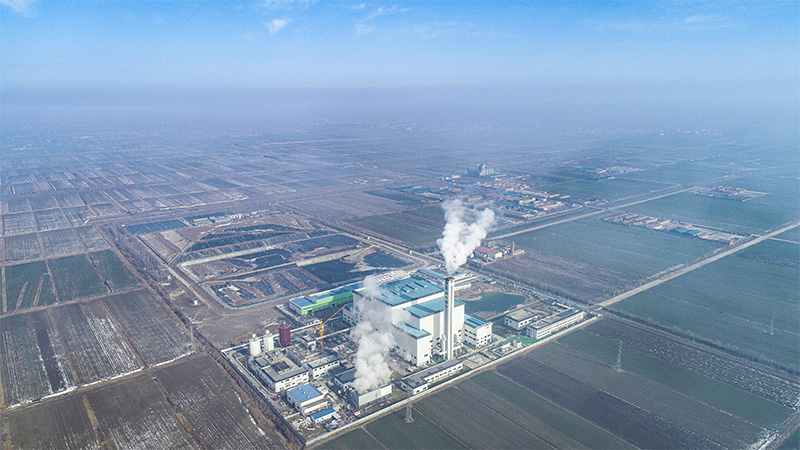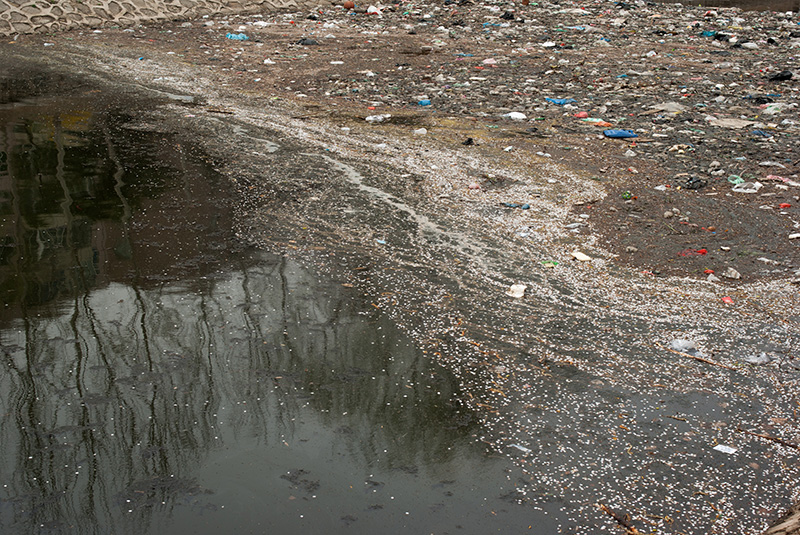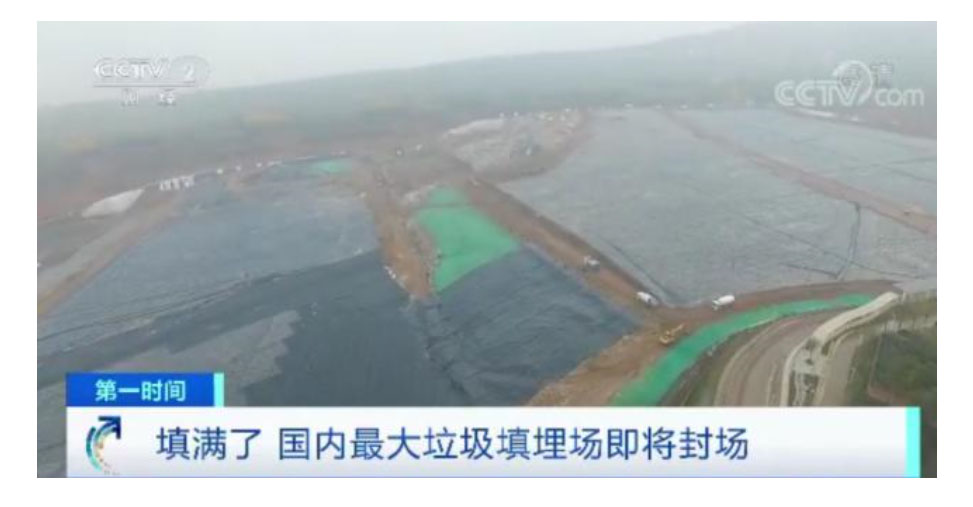Waste treatment enterprises
Waste treatment enterprises
|
|
With the economic development and the improvement of people's living standards, the problem of garbage is becoming increasingly prominent. Two thirds of the 668 cities in my country are surrounded by garbage. These wastes are buried indefinitely and burned indefinitely, causing a series of serious hazards. (1) Amplified amounts of ammonia, sulfide and other harmful gases are released from the open-air garbage, which seriously pollutes the atmosphere and the urban living environment. (2) Severely pollute the water body. Garbage not only contains pathogenic microorganisms, but also produces a large amount of acidic and alkaline organic pollutants during the pile-up process, and will dissolve the heavy metals in the garbage to form organic matter. The pollution source of heavy metals and pathogenic microorganisms in one, rain water The leachate generated by the infiltration will inevitably cause serious pollution of surface water and groundwater. (3) Biological pollution. There are many pathogenic microorganisms in the garbage. At the same time, garbage is often the breeding ground of mosquitoes, flies, cockroaches and mice, which will inevitably endanger the health of the general public. (4) Encroaching on a large amount of land. According to preliminary investigations, in 2003, 2/3 of the 668 cities in the country were surrounded by garbage belts. The total area of garbage storage in the country was 800,000 mu. |
|
|
Therefore, the improvement of society's environmental quality requirements will ultimately manifest itself as a major driving force for the development of the energy industry. In order to deal with a large amount of domestic waste, a large number of waste treatment plants have been built in the city. However, due to the huge amount of waste generated daily, the waste treatment plant is overwhelmed, and many waste landfills have been filled and insufficient capacity. The Jiangcungou Landfill was completed in 1994, and it can process 10,000 tons of garbage every day. It is currently the largest daily landfill in China. In the original plan, the daily landfill of Jiangcungou was about 2,500 tons, and the landfill that could have been used for 50 years was saturated 20 years in advance. (5) Garbage explosion accidents continue to occur. With the increase in the content of organic matter in the city and the change from open-air scattered storage to centralized storage, only simple coverage is used to cause an anaerobic environment that generates methane gas, which is flammable and explosive. (6) More than 60% of urban domestic waste is mainly generated by the secondary pollution of the residents' organic waste, that is to say, the increasing organic waste in the community is the source of the increasing urban domestic waste. |
|
|
 |
On September 1, Xi'an will fully implement domestic waste classification and treatment. On August 21, Paike visited the Jiangcungou landfill, which is currently the largest landfill in China. It is reported that all garbage in Xi'an urban area is buried here. At present, the stack is 50 stories high, and the landfill will be filled in October. In order to alleviate the pressure of waste treatment, many cities have built a large number of waste incineration plants. At present, most waste treatment plants use waste incineration systems, but biomass with lower calorific value adds pressure to the waste incineration system. Biological Energy's patented biogas equipment can be used as a biomass waste reduction system in a waste treatment plant to anaerobic fermentation of biomass that is difficult to incinerate. An average of 220 cubic meters of biogas can be produced per ton of organic waste. It is assumed to be used for treatment A waste treatment plant with a capacity of 10,000 tons per day, with an organic content of 5,000 tons, can produce 1.1 million cubic meters of biogas every day and generate about 2.2 million KWh of electricity. Not only can digest biomass waste, but also produce a large amount of organic energy, improve the efficiency of waste treatment, and increase profits.
|
Copyright © 2020 bio energy (Shanghai) Co., Ltd. All Rights




